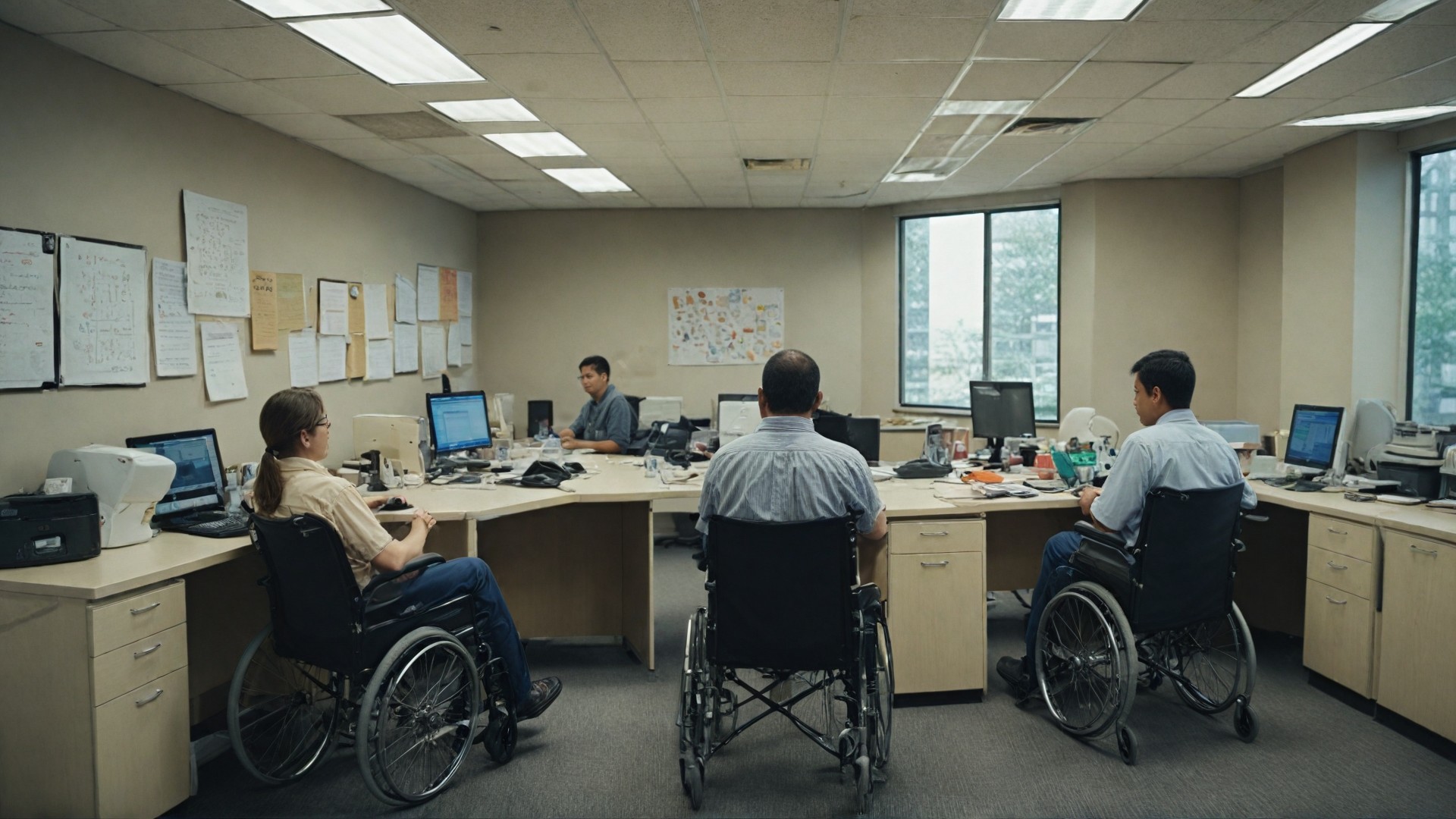In today’s diverse workforce, inclusivity is more than just a trend; it’s an essential component of a successful and empathetic organization. An inclusive workplace fosters a sense of belonging, encourages diverse perspectives, and strengthens collaboration. For people with disabilities, an inclusive workplace is crucial, as it breaks down barriers to participation and enables them to thrive alongside their peers. At Equal Capable Jobs, we believe in empowering employers to build environments where everyone, regardless of ability, can succeed. Here are key strategies for creating a workplace that truly includes people with disabilities.
Why Inclusivity Matters
Inclusion is about more than meeting compliance standards; it’s about creating a culture that values every individual’s unique contributions. Studies show that organizations with diverse teams tend to be more innovative, adaptable, and resilient. By opening doors for people with disabilities, employers can harness a wealth of untapped talent and foster a positive, empathetic work culture that benefits everyone.
Tips for Building an Inclusive workplace
1. Educate and Train Your Team
Creating an inclusive workplace starts with understanding. Offer training sessions that educate your employees about disabilities, debunk common myths, and encourage empathy. Sensitivity training, accessibility workshops, and open discussions can help your team better understand the unique needs of their colleagues. When employees are educated, they’re more likely to support and advocate for inclusivity within the organization.
2. Make Accessibility a Priority
Accessibility is the foundation of an inclusive workplace. This means ensuring that physical spaces are equipped with ramps, elevators, accessible bathrooms, and wider doorways for mobility devices. In addition, digital accessibility is vital — ensure that websites, internal portals, and tools are usable by everyone, including those who rely on screen readers or other assistive technology.
- Tip: Regularly review your workplace accessibility with the help of accessibility experts and consider feedback from employees with disabilities.
3. Offer Flexible Work Arrangements
Not every role requires a 9-to-5 schedule or an on-site presence. Flexible working hours and remote work options can accommodate various needs and empower employees to contribute more effectively. For people with disabilities, flexible arrangements may help manage health needs, reduce commuting challenges, and foster a better work-life balance.
- Tip: Encourage a results-oriented culture where productivity is measured by output, not location or hours worked.
4. Encourage Open Communication
Create a culture of openness where employees feel comfortable discussing their needs and challenges. Establish clear communication channels where people with disabilities can share their concerns, request accommodations, or discuss their career development without fear of stigma or repercussions.
- Tip: Appoint an HR representative who specializes in accessibility and inclusivity to handle these conversations discreetly and effectively.
5. Provide Reasonable Accommodations
Reasonable accommodations vary greatly depending on individual needs but may include accessible seating, assistive technologies, or ergonomic workstations. Accommodations can also include modified work tasks or adaptive equipment to empower employees to perform their duties efficiently.
- Tip: Make accommodations a standard offering in your onboarding process, so new hires are aware of available resources.
6. Build an Inclusive Hiring Process
Inclusivity starts with recruitment. Job descriptions should clearly state your commitment to equal opportunity employment, and application processes should be accessible for people with disabilities. Consider inclusive hiring practices such as:
- Removing unnecessary physical or skill requirements
- Offering alternative application formats
- Training hiring managers to recognize and reduce bias during interviews
- Tip: Partner with organizations that specialize in connecting employers with candidates with disabilities to broaden your talent pool.
7. Celebrate and Recognize Diversity
Celebrate the diversity within your organization by recognizing the achievements and contributions of all employees, including those with disabilities. Share success stories, mark awareness days, and engage in team-building activities that emphasize the value of diverse experiences. Such efforts can promote a stronger sense of belonging and inspire everyone in the organization to embrace inclusivity.
The Benefits of an Inclusive Workplace
Embracing inclusivity does more than just improve your reputation; it can transform your organization. Companies that prioritize inclusivity experience:
- Higher employee morale: An inclusive environment boosts engagement, satisfaction, and loyalty among all employees.
- Increased innovation: Diverse teams bring varied perspectives, which often lead to creative solutions and fresh ideas.
- Better retention: Employees who feel valued and supported are less likely to leave, reducing turnover costs.
- Stronger community reputation: Inclusive companies are often seen as leaders in social responsibility and attract like-minded customers and partners.
Final Thoughts: Taking Action on Inclusivity
Creating an inclusive workplace takes intentionality and commitment. By making accessibility a priority, supporting flexible work options, and embracing open communication, employers can create spaces where people with disabilities feel valued and empowered. Remember, inclusivity isn’t just a policy; it’s a mindset that can drive positive change in your organization and beyond.
Equal Capable Jobs is here to support employers in creating these inclusive opportunities. For more information or to post your job listings for free, visit Equal Capable Jobs.













